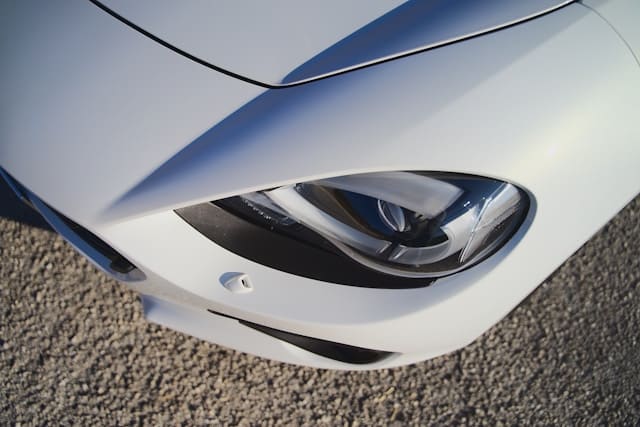How to Assess and Repair Plastic Bodywork
 Plastic components are commonly used in the construction of modern vehicles, particularly for parts like bumpers, fenders, and trim panels. These materials can offer benefits over metal, such as reduced weight and improved corrosion resistance. However, repairing plastic bodywork after a collision or wear and tear presents unique challenges. Understanding how to assess and effectively repair this type of damage is crucial for maintaining the aesthetic appeal and structural integrity of your vehicle. This article provides a step-by-step guide on handling plastic bodywork repairs.
Plastic components are commonly used in the construction of modern vehicles, particularly for parts like bumpers, fenders, and trim panels. These materials can offer benefits over metal, such as reduced weight and improved corrosion resistance. However, repairing plastic bodywork after a collision or wear and tear presents unique challenges. Understanding how to assess and effectively repair this type of damage is crucial for maintaining the aesthetic appeal and structural integrity of your vehicle. This article provides a step-by-step guide on handling plastic bodywork repairs.
Initial Assessment of Damage
Identifying the Type of Plastic
The first step in repairing plastic bodywork is to identify the type of plastic involved. Common types include polypropylene (often used in bumpers), ABS (used in trim pieces and some types of bumper covers), and polycarbonate. Each type requires a different approach for effective repair, as some plastics can be heated and reshaped, while others might need to be filled or reinforced.
Determining the Extent of the Damage
Inspect the damaged area closely to determine the extent of the damage. Look for cracks, splits, and areas where the plastic might be stressed but not yet broken. Understanding the full scope of the damage will help you decide whether a simple repair can be effective or if the part needs replacing.
Assessing the Impact on Vehicle Safety
Evaluate whether the damage impacts the vehicle’s safety features, especially if it involves components like bumper covers, which can disguise damage to the underlying structures that absorb collision impact. If there’s any question about underlying damage, it’s crucial to address this with a professional.
Techniques for Repairing Plastic Bodywork
Cleaning the Area
Before any repair work begins, thoroughly clean the damaged area to remove any dirt, debris, or greases that might interfere with adhesives or fillers. Use a specialized automotive cleaner that can handle plastic surfaces without causing additional damage.
Using a Plastic Welding Technique
For cracks and splits, plastic welding is a common repair technique. This involves using a heat source to melt the plastic along the crack, sometimes adding additional plastic of the same type to fill in gaps. This method is particularly effective for thermoplastic materials, which can be melted and reshaped.
Applying Plastic Filler
If the damage is too large to be effectively welded, or if the type of plastic does not lend itself well to welding, using a plastic filler is another option. Choose a filler that is compatible with the type of plastic you are working on, and make sure to sand and shape the filler once cured to match the contours of the part.
Finishing Touches
Sanding and Refinishing
After the repair is complete, sand the area to ensure that it is smooth and flush with the surrounding surfaces. Depending on the location and extent of the repair, you may also need to paint the plastic to match the vehicle’s original color.
Applying a Protective Coating
To ensure longevity and protect against the elements, apply a protective coating suitable for plastic parts. This can help prevent the sun’s UV rays from weakening the repair over time.
Conclusion
Repairing plastic bodywork requires precision and attention to the type of plastic and the specific damage involved. Whether you choose to do the work yourself or take your vehicle to a professional, understanding these processes can help you make informed decisions about the best approach to restoring your vehicle. Regular maintenance and careful inspection of plastic components can also help catch potential issues before they require major repairs.
